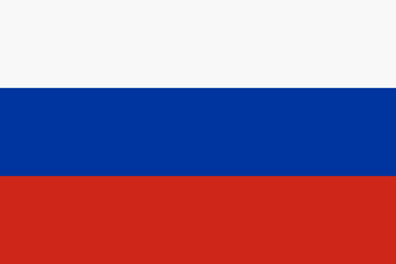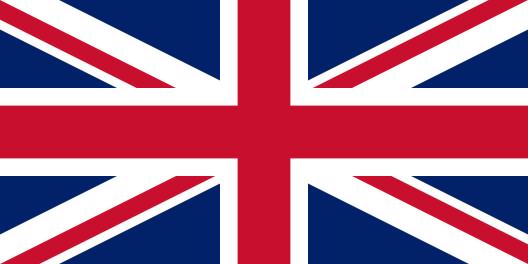This goes
to space
OneWeb
OneWeb Satellites
OneWeb's satellite constellation is designed to operate in low Earth orbit (LEO), at an altitude of approximately 1,200 kilometers (750 miles). This positioning allows the satellites to provide lower latency compared to traditional geostationary satellites, making the network more efficient for internet services. The constellation is expected to consist of around 648 operational satellites, with additional spares in orbit to ensure network reliability.
The first batch of six OneWeb satellites was launched in February 2019 aboard a Soyuz rocket from the Guiana Space Center. These initial satellites were used to test and validate the system’s performance. Following the acquisition by the UK government and Bharti Global, OneWeb resumed its launches and continued to build its constellation.
OneWeb's satellites are designed to communicate with each other through inter-satellite links, which helps maintain network connectivity even if a ground station is not immediately accessible. End users will connect to the OneWeb network via small user terminals, which can be installed in various locations, including homes, businesses, and mobile platforms like ships and airplanes.
OneWeb Company
OneWeb is a communications company founded in 2012 by Greg Wyler, with the aim of developing a constellation of low Earth orbit (LEO) satellites to provide global internet coverage, especially in underserved and remote areas. Originally called "WorldVu," the company was later rebranded as OneWeb. Wyler, leveraging his experience in satellite communications, envisioned creating a satellite network capable of delivering internet access to almost any location on Earth.
In 2015, OneWeb attracted substantial investments from major companies such as Qualcomm, Virgin Group, and Coca-Cola. These funds enabled OneWeb to move forward with its ambitious satellite development plans. The company partnered with Airbus to manufacture the satellites, with production set up in Toulouse, France. Additionally, OneWeb collaborated with launch providers like Arianespace to deploy its satellites into space.
Despite early progress, OneWeb faced financial challenges due to the high costs associated with satellite deployment. In March 2020, the company filed for Chapter 11 bankruptcy, leading to a temporary halt in its operations. However, in November 2020, the UK government and Bharti Global acquired OneWeb, allowing the company to exit bankruptcy and resume its satellite launches. By the end of 2021, OneWeb had successfully deployed over 350 satellites as part of its constellation.
Photo courtesy of OneWeb.

On this
rocket
Soyuz 2.1b/Fregat
Meet Roscosmos’s 21st-century upgrade of the Soyuz rocket: the Soyuz 2.1b.
One of the most significant advancements in this variant is the completely digital flight control system, a major technological leap for a rocket family originally designed in the 1960s.
Specs
Height: 46.3 m (152 ft)
Diameter: 2.95 m (9 ft 8 in)
Mass: 312,000 kg (688,000 lb)
Stages: 2 or 3
The digital flight control system enhances launch precision and target accuracy, making the Soyuz 2.1b more reliable for a wide range of missions.
Additionally, this variant features an upgraded Blok-I second-stage engine, the RD-0124, which provides improved performance and efficiency over earlier models.
The Soyuz 2.1b was the second of three Soyuz 2 variants to enter service, making its debut launch on December 27, 2006.
Two Names, Two Flags
This rocket flies under two different names, depending on the launch operator:
- Soyuz 2.1b: When launching under Roscosmos from Baikonur or Plesetsk.
- Soyuz ST-B: When sold to Arianespace for European launches. This version includes European modifications, such as a European payload adapter and a European flight termination system.
Image: ESA

From this
launch site
Site 1S - Vostochny Cosmodrome, Tsiolkovsky, Amur Oblast, Russian Federation
Vostochny Cosmodrome
When the Soviet Union collapsed on December 25th, 1991, Russia inherited the Union's space program... and instantly found themselves with a problem. Their primary launch site was not in their country but in what was now the newly independent Kazakhstan.
The two countries entered into a mutually beneficial agreement for Russia to lease the Baikonur Cosmodrome, with a current annual payment of $115 million (USD).
To reduce their reliance on a foreign country’s launch facilities, Russia committed to building a new cosmodrome, this time in the Russian Far East.
Vostochny, which means “eastern” in Russian, is a primarily commercial launch center, though military missions can take place from the site.
Proposals call for the cosmodrome to eventually host 44% of all Russian launches, including human missions.
Numerous delays with construction and corruption have delayed the spaceport’s high flight level use. Of the originally planned seven (two for crew) launch pads, only one has been built for Soyuz 2, a second is under construction for the Angara rocket, and no crew launch pads have been started.
The one completed pad is Site 1S, “S” standing for Soyuz, which conducted its first launch in April 2016.
Image: A Soyuz rocket on Site 1S. Credit: Kremlin

GET THE SUPERCLUSTER APP
THE SUPERCLUSTER PODCAST
A podcast exploring the amazing milestones that changed space history, the wildest ideas that drive our future, and every development in this new Golden Age of Space.
Donate to support
Your support makes the Astronaut Database and Launch Tracker possible, and keeps all Supercluster content free.
SupportCOPYRIGHT 2021 SUPERCLUSTER LLC




